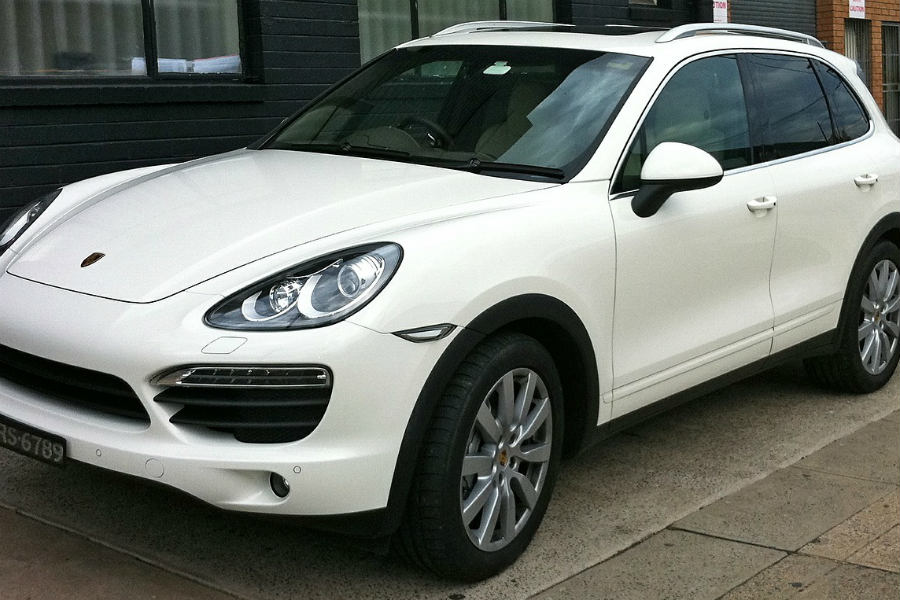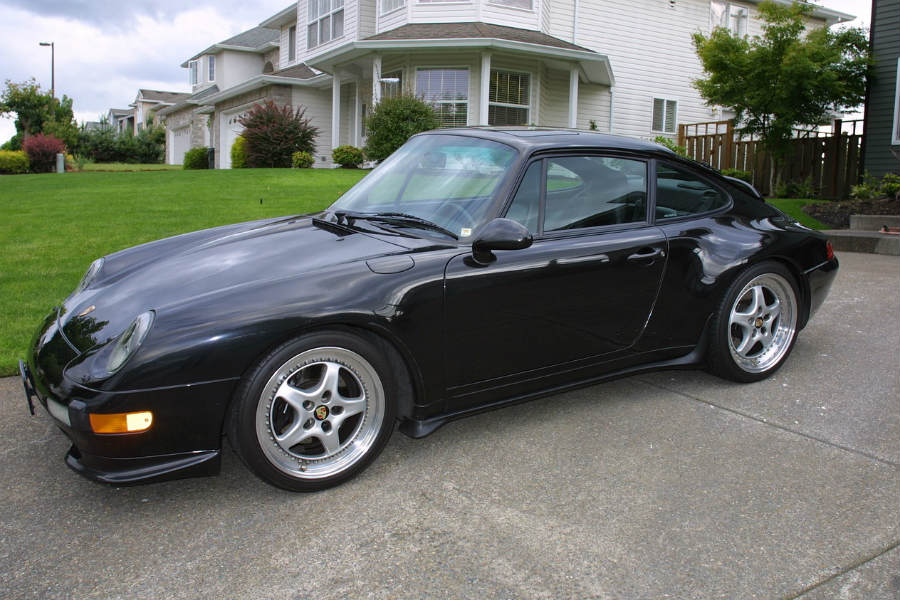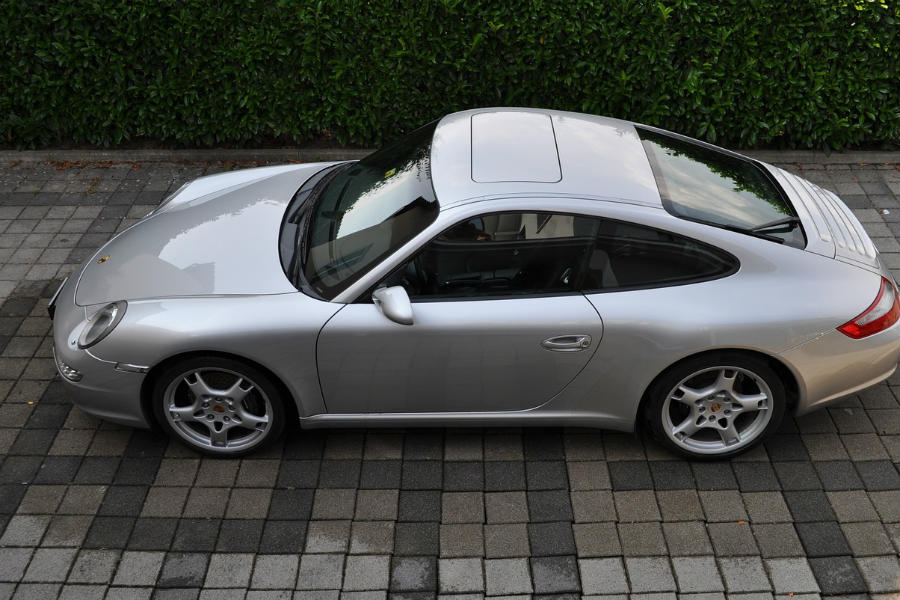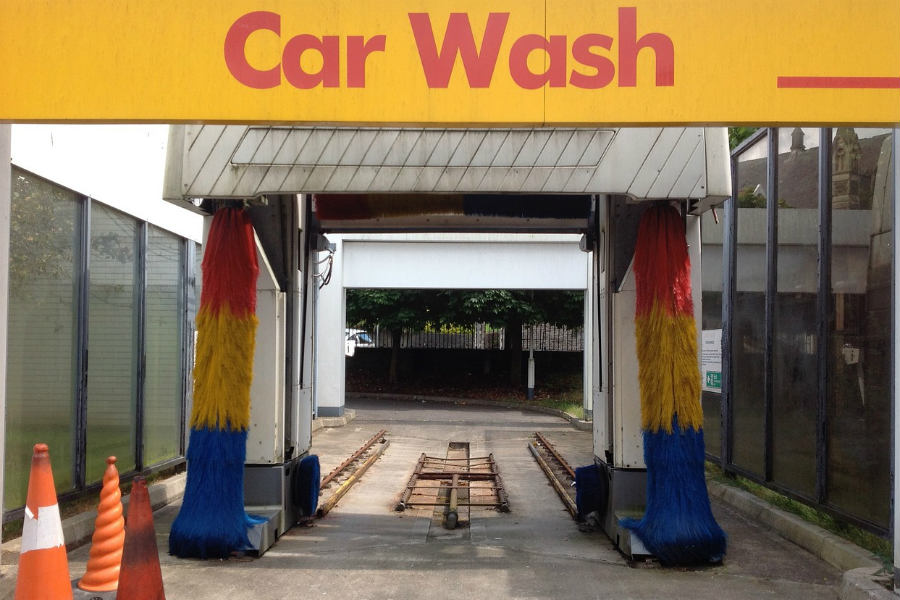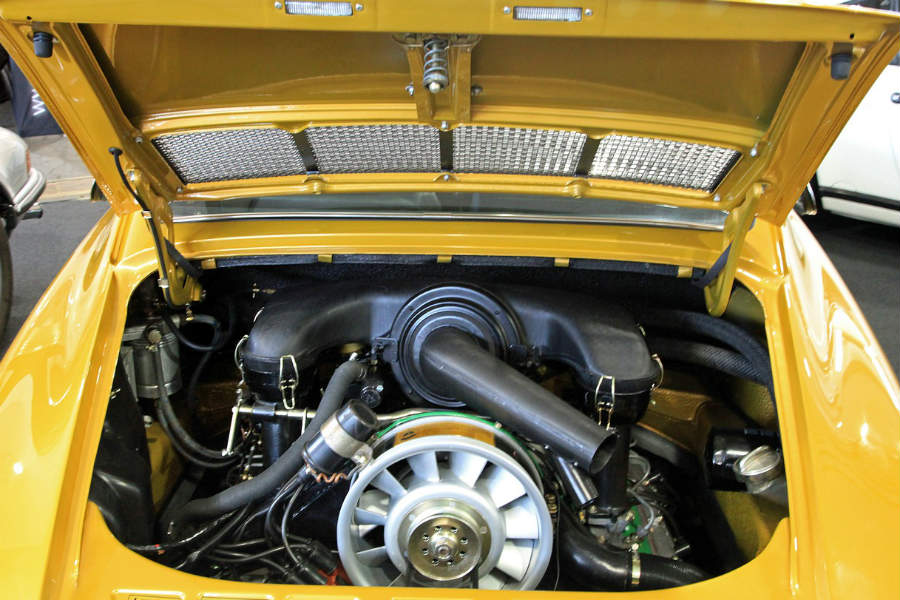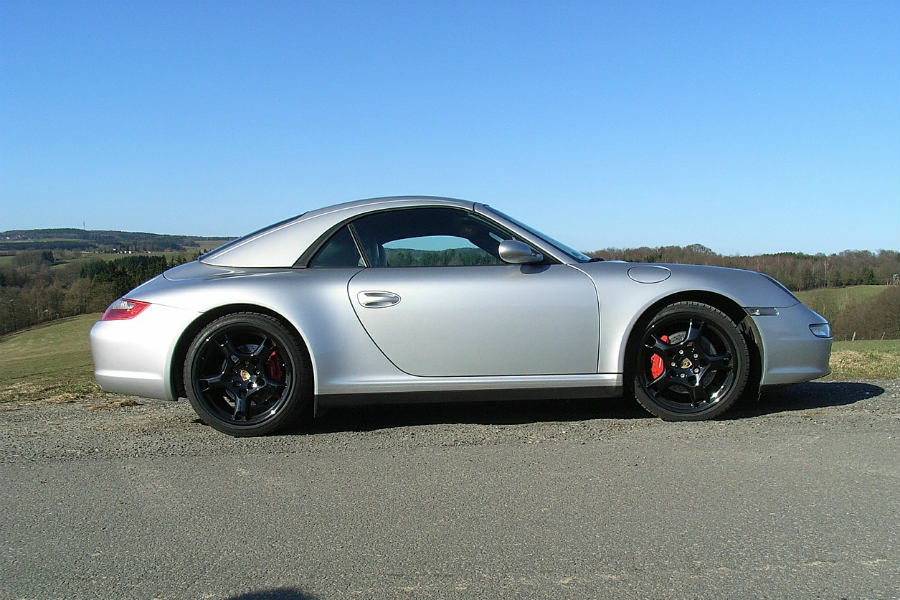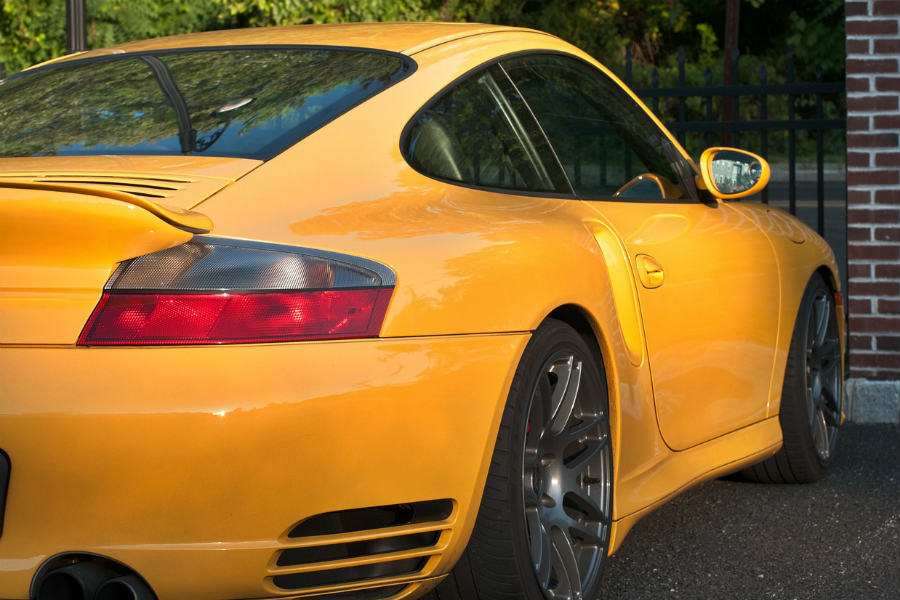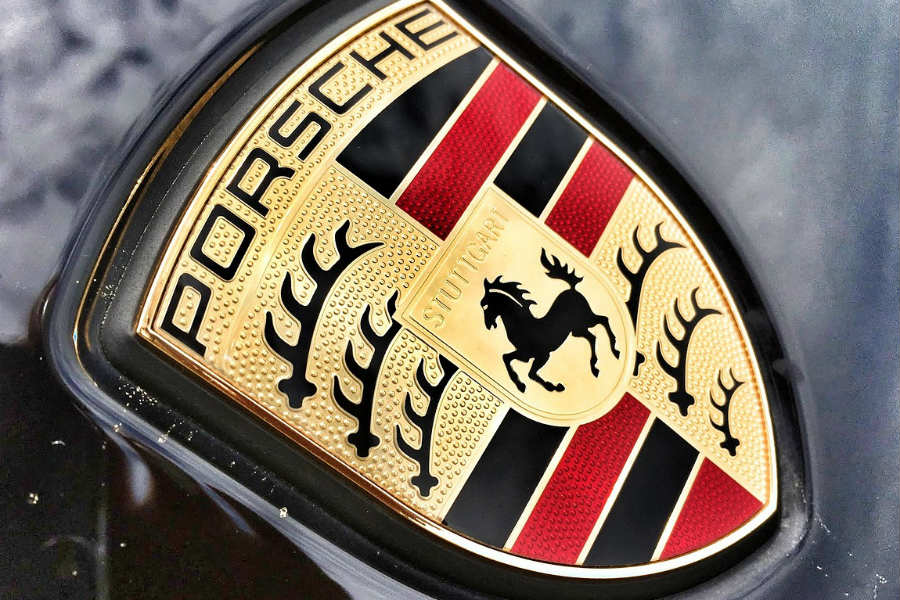
Classic Porsche prices are on the rise and this is especially true for iconic versions like the Porsche 930. The Turbo 911, built between 1975 and 1989 was known to the builders and manufacturers as the Porsche 930. The debut of the 911 Turbo was the Paris Auto Show in 1974 and the first cars available for purchase came the following spring in 1975. These cars are part of Porsche’s long and storied legacy and have at least five distinctive features that help contribute to the 930’s status as an icon.
- Porsche’s 911 Turbo – emphasis on Turbo
Porsche began experimenting with the turbo design on their racecars as far as back as the 1960’s. Regulations and production requirements meant that Porsche manufactured what was originally intended to be street legal race cars. The Turbo technology was adapted from Porsche racecars by Ernst Fuhrmann. While some people were not thrilled with Porsche’s use of a four speed instead of the manual 5 speed, it did not prevent the 911 Turbo from reaching new heights and taking the honor of being the fastest car in Germany during its prime production years. It reached its fastest performance in 1984 with a top speed of 278 km/hr and zero to sixty in 4.6 seconds. The original iteration of the Porsche 930 was very fast but also very demanding to drive. Some common issues in the beginning were a tendency to oversteer and turbo lag. This is not a car that you can ignore. An early 930 is a vehicle that demands your full and undivided attention.
- Iconic Design Improvements
One of the easiest and most identifiable 930 characteristics are the rear spoilers used to help more air vent to the engine. While some Porsche enthusiasts consider the whale tail and tea tray spoilers an eye sore others choose to celebrate it as part of the 930 design. The whale tail spoiler was an integral part of the original 911 Turbo but was adjusted in 1978 to the tea tray design to help accommodate the added intercooler. In 1978 Porsche upgrade the 930 with an enlarged 3.3L engine and an intercooler, which helped increase output substantially. Porsche also increased the brake size slightly and lifted and adapted the spoiler to make more room. As Porsche created more models of the Turbo 911 they made additional improvements for easier driving such as wider rear wheels with upgraded tires.
- Easily Identifiable Body Styling Like the Slant Nose
The slant nose or “Flachbau” style was part of the special order program starting in 1981. These were created by taking a standard 930 and giving them a 935 slantnose or flatnose, front end. The traditional round headlights and frame were traded for a distinctive slanted front end and pop up headlights. Front fenders were cut and shaped by hand. Because of this hand crafted attention, the slant nose 930’s are much fewer and command a much higher resale price than some of their counterparts. The unique body styling of the slant nose helped contribute to Porsche’s reputation and made these particular models easy to note as Porsches from a simple glance.
- History
Porsche 930 has an intriguing history with its introduction of the 930s in 1975. The 930s development and sales were actually quite bumpy along the way. While the initial 930 had incredible speed it was also dangerous in the hands of inexperienced drivers. It was originally brought to the production market due to homologation regulations in the racing realm. While the 930 came to fruition due to regulations it was also derailed by them in 1980. At the time emissions regulations became much tighter and Porsche opted to pull the 930’s from the U.S. and Japanese markets in 1980. They remained available in the Canadian and European markets and came back to the United States and Japan in 1981 as a special order slantnose option. Regularly produced 930’s didn’t become available to the U.S. and Japan again until 1986 when a 278hp emission controlled engine was included.
- Reputation
In addition to an interesting history, the Porsche 930 simply has a storied and famous reputation. This model has the notoriety of speed, challenge and fame that has contributed to the Porsche name. In 2015, Steve McQueen’s 1976 Porsche 911 sold for 1.95 million dollars. Purchased four years before McQueen’s death, this pristine vehicle came with the 3.0L engine and non-intercooled engine. While the famous man behind the car certainly contributed to the eye popping sale price, there is a reason the rich, famous, and selective choose these iconic cars.
The Porsche name is synonymous with speed, design and high performance. The 930 series is no exception. From their inception to the end of production, the Porsche 930s are iconic. It is easy to see why the 930 has become an icon and coveted classic.
